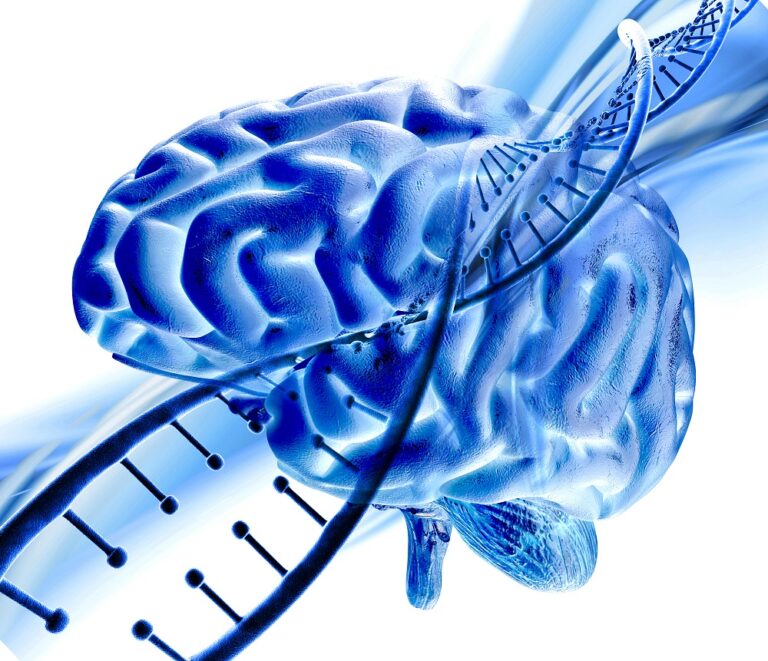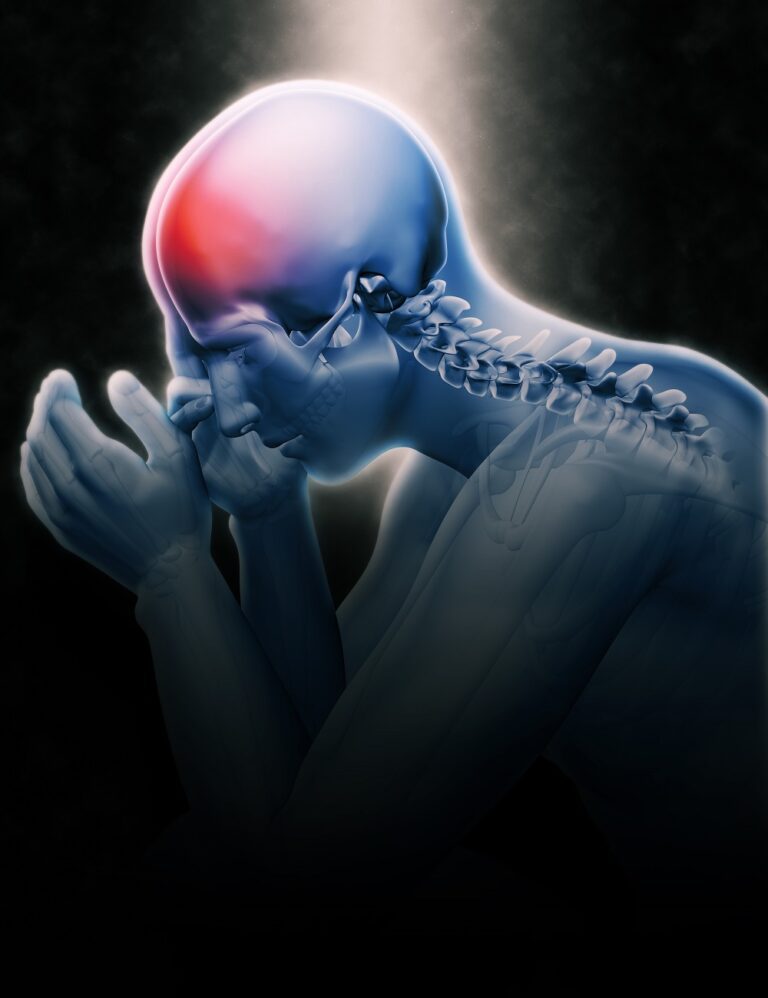A novel research indicates that sialorrhea i.e. excessive drooling demonstrated by advanced Parkinson’s disease patients could be an indicator of greater motor and non-motor dysfunction. A study comprising of 101 Parkinson’s disease patients collected data on motor symptoms by assessing total levodopa equivalent daily dose (LEDD). The assessment scales used were Unified Parkinson’s Disease Rating Scale (UPDRS) part III, Non-Motor Symptoms Scale (NMSS), Scales for Outcomes in Parkinson’s disease–autonomic dysfunction (SCOPA-AUT), Radboud Oral Motor Inventory (ROMP), Parkinson’s disease questionnaire–39 items (PDQ-39) and the Montreal Cognitive Assessment test.
Around 64.4% of the patients were identified as droolers while 35.6% were recognized as non-droolers. Patients with both PD and sialorrhea were notably more impaired in terms of motor functioning than those without sialorrhea. Their scores on the UPDRS part III were severe in both, the on and off medication state and they showed less improvement with the levodopa challenge test. Droolers were comparatively more severely affected by non-motor problems and demonstrated speech and swallowing dysfunction. They also had higher scores on the NMSS and SCOPA-AUT scale and poorer quality of life score on the PDQ-39. Around 15.4% of the patients had a respiratory infection since their Parkinson’s diagnosis. The upper and lower tract infections were more common in droolers when compared to non-droolers. In those with milder symptoms, chewing gum could assist in improved swallowing while, more severe cases could benefit from botulinum toxin injections.







